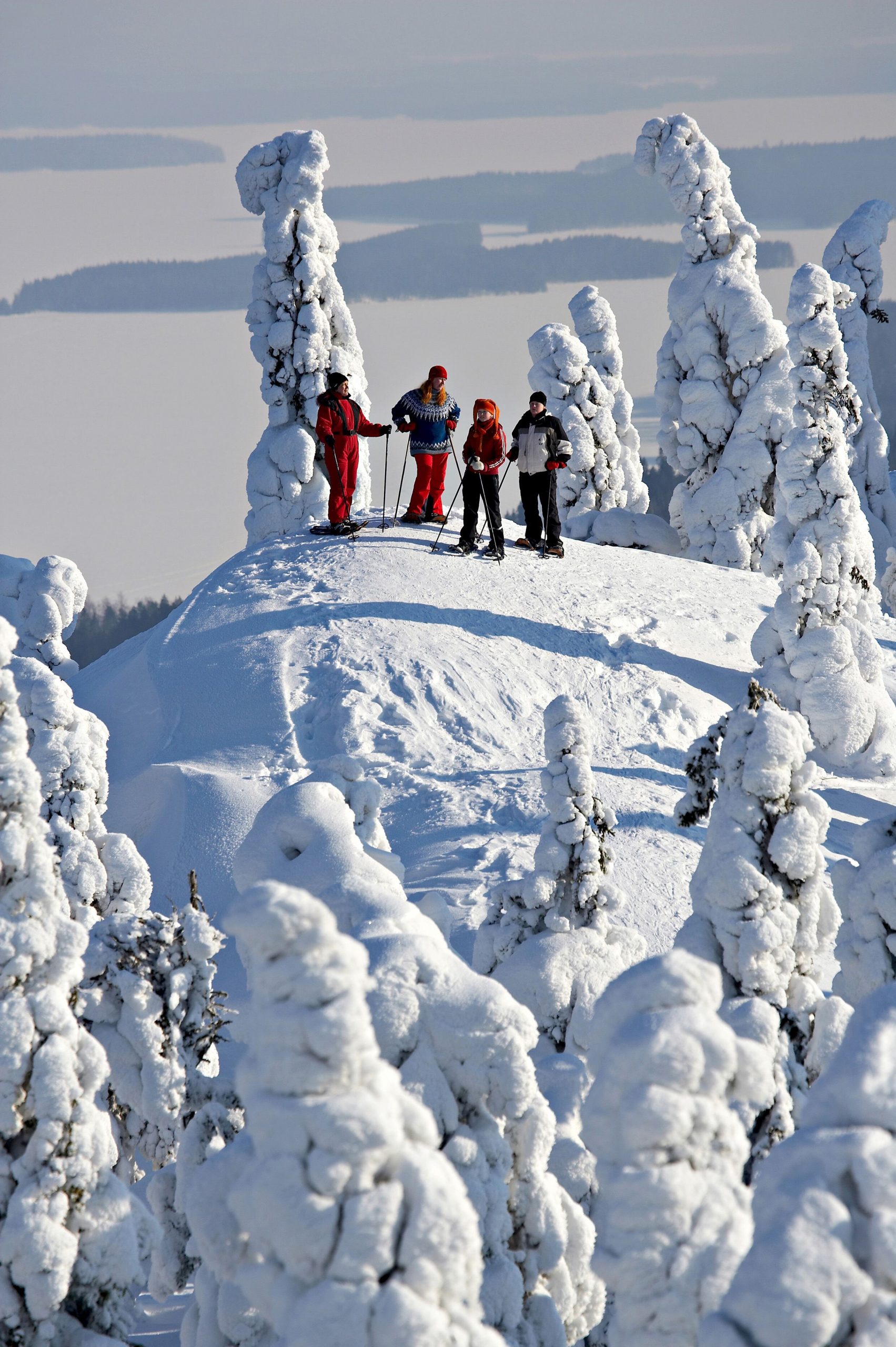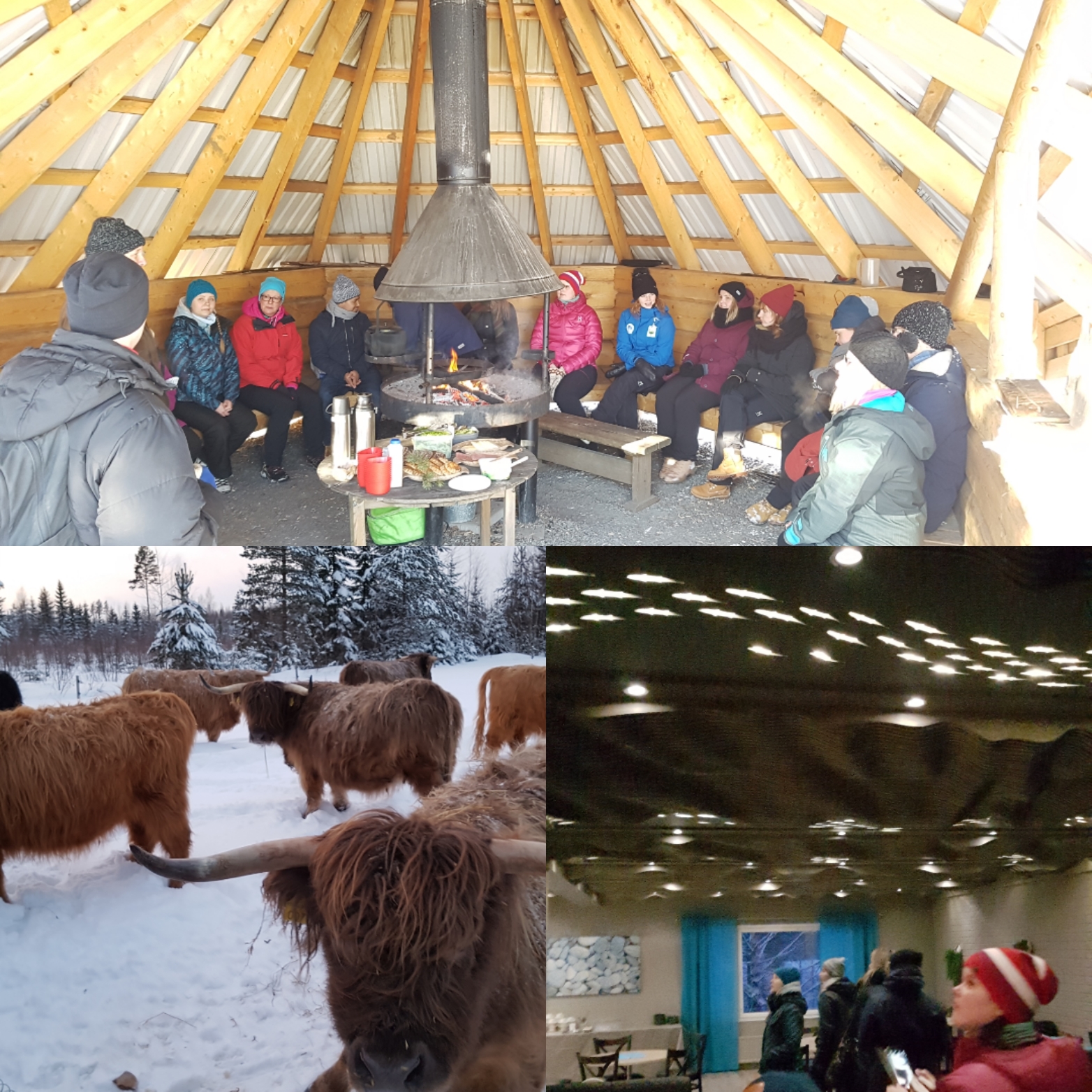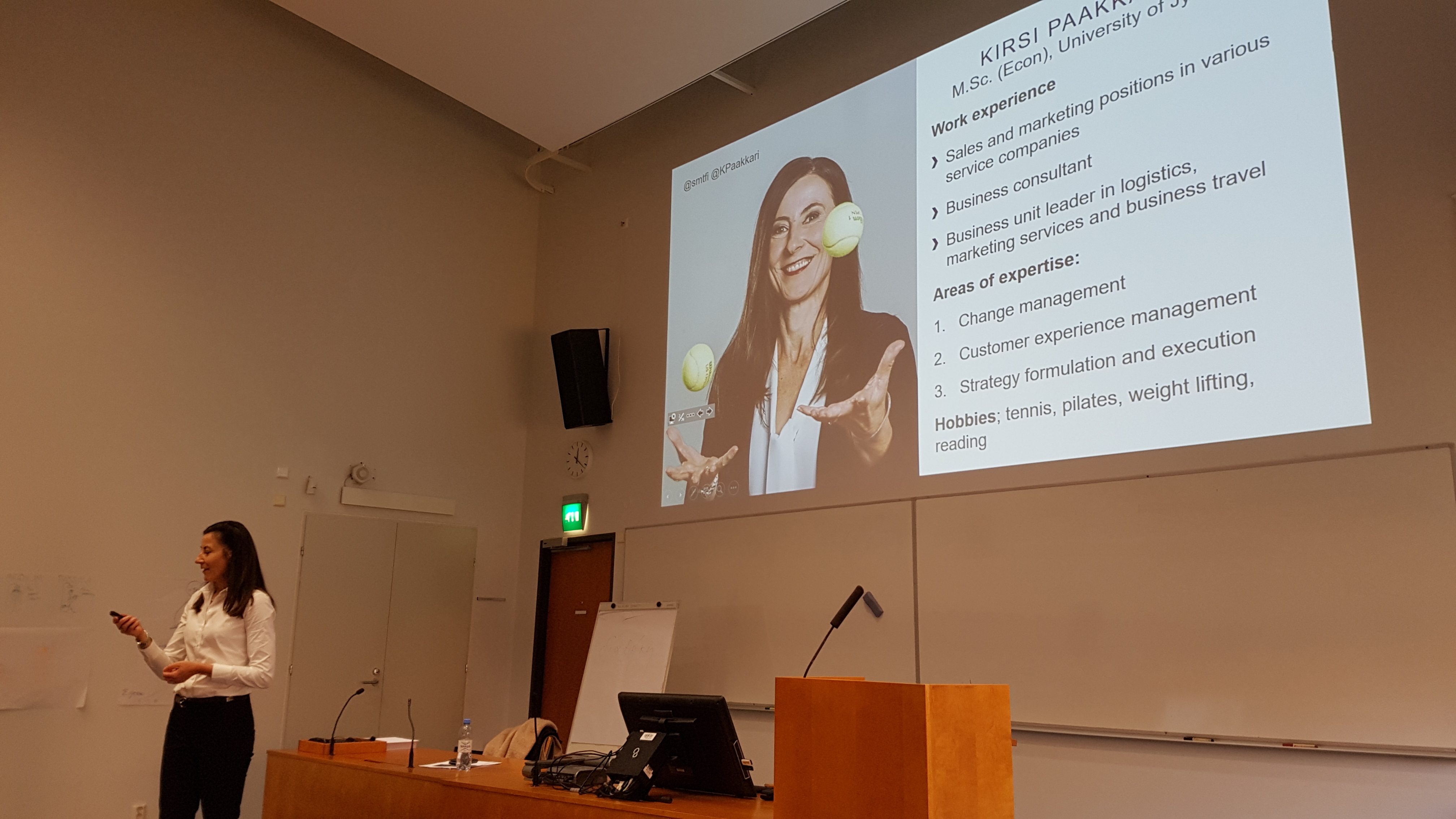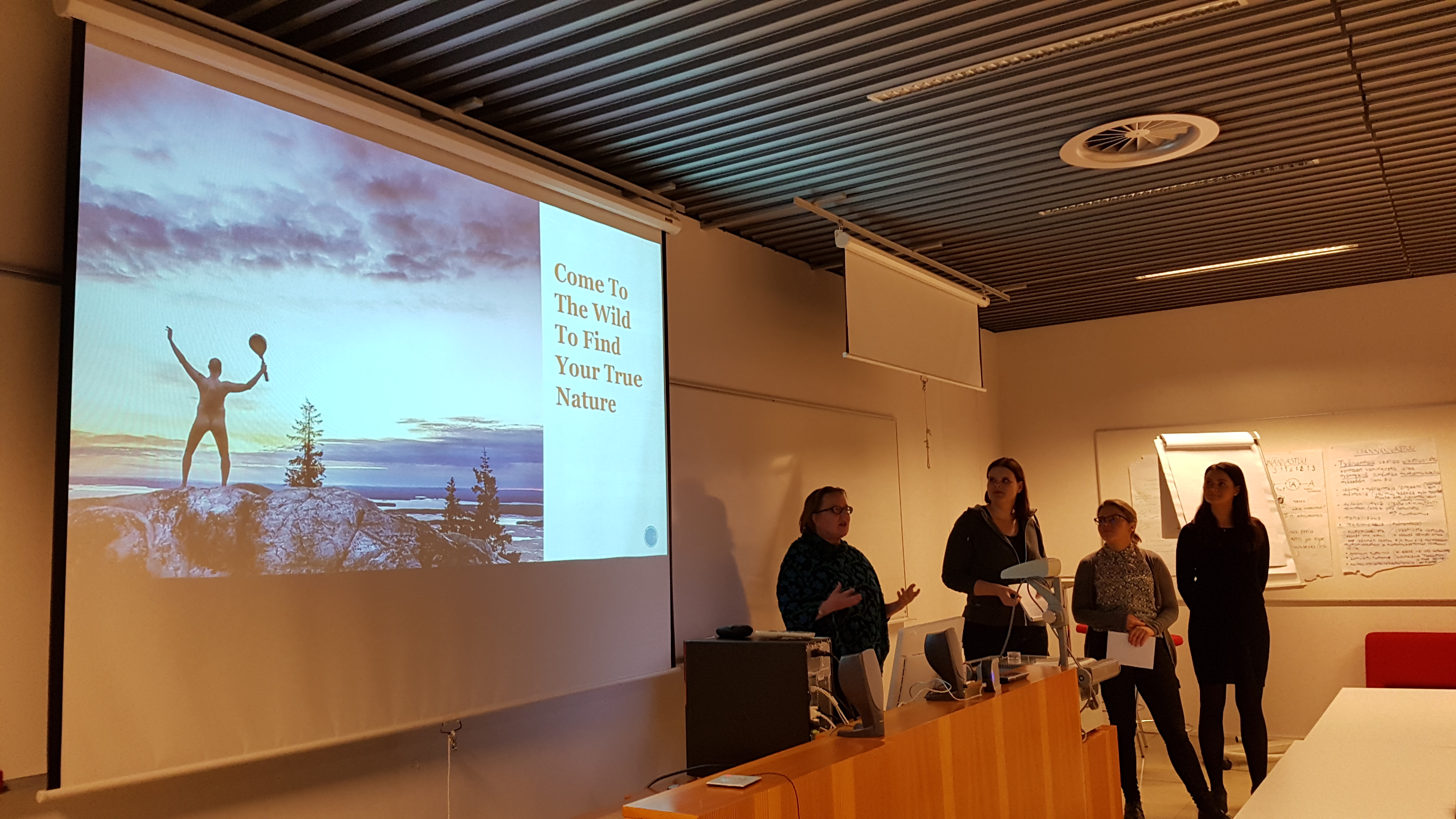
VisitKarelia Destination Destination Marketing Workshop with University of Eastern Finland
University of Eastern Finland (UEF) and Visit Karelia are partnering to develop destination marketing innovations for North Karelia region. This partnership is part of the Destination Marketing course at the International Master’s Degree Programme in Tourism Marketing and Management (TMM), at UEF Business School in Joensuu. VisitKarelia is the local destination marketing organization (DMO), focusing […]
Tourism Marketing and Management to start studying extraterrestrial tourists
Today is an excellent day to launch our new mission: we will focus now on how to make our world more hospitable for extraterrestrial tourists. There have been concrete sightings of UFOs for decades, clearly suggesting that we are constantly being visited by extraterrestrial aliens. In 2017 we at Tourism Marketing and Management programme started educating […]

Overview of Quantitative Data Analysis Methods in SPSS
Analytical thinking in marketing is critical. If marketing is both art and science, the numbers play a big role in the science of marketing. In our Tourism Marketing and Management programme, we study analytical thinking in many courses. One of those is our Practical Tourism Research course. During the course, our students study big data, […]
The next big wave in tourism marketing
*This article is written by Tourism Marketing and Management students Jonna Kumpu and Tiina Kattilamäki The second #IFITTtalk @Helsinki seminar on Digitalization in Tourism business was held at Hotel Arthur on Tuesday 15th of May. The seminar was opened by Kari Halonen from ToolBox Ltd, who was also the main organizer of the day. The […]

TMM developing tourism business at Etelä-Konnevesi region
Our International Master’s Degree Programme in Tourism Marketing and Management (TMM) has started a collaboration with municipalities of Konnevesi and Rautalampi and tourism stakeholders in the region. The concrete first step in this collaboration was a two-day workshop on developing nature tourism in the Etelä-Konnevesi region, organized in Konnevesi research station 14.-15.3.2018. Together with Anne […]

Management by wellbeing
Mindfulness, victorious corporate culture, growth rates that the board cannot accept, going to the gym with your bosses, hiring a personal business coach, fighting loneliness… does not sound like a traditional Finnish management style, does it? In one company it is. Managing corporate culture and people at SMT Our Tourism Marketing and Management Programme had […]

Tourism Marketing and Management programme takes novel approach to business studies
A business degree that specialises in tourism business is now available for the first time in Finland. Running at the University of Eastern Finland Business School, the international Master’s Degree Programme in Tourism Marketing and Management has got off to a good start, as 20 new students started at the Joensuu Campus this September. Their […]
Study tourism business at UEF: Master’s Degree Programme in Tourism Marketing and Management
There are dozens of reasons why you should study Tourism Marketing and Management at University of Eastern Finland. Here are 16 top reasons to study with us: High quality studies We aim to keep the quality of our studies high. Our studies are not the easiest; there are no free credits but a lot to […]
Peer-to-peer accommodation and sharing economy from tourists’ perspective
Airbnb has become one of the largest accommodation companies in the world if counted by the rooms available. Its rapid growth has been enabled by a phenomenon known as sharing economy. People are less inclined to own things and are getting used to share what they own with other people. Peer-to-peer accommodation happens when a person […]
Nature tourism is trending as we start to understand how healthy being in nature is
Nature tourism in Finland is all about “the space to breathe, a time to dream, hiking in summer, cross-country skiing in winter, gathering berries and mushrooms or simply a gentle walk in the woods.” (http://www.visitfinland.com/finrelax/). Nature is also one of the central themes in Master’s Degree Programme in Tourism Marketing and Management (MDPTMM, www.uef.fi/tmm). Why is […]